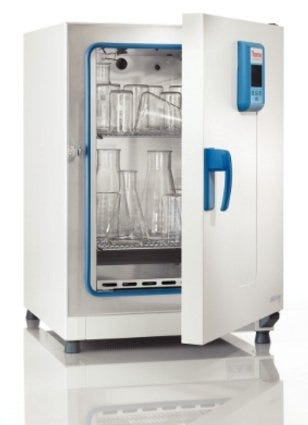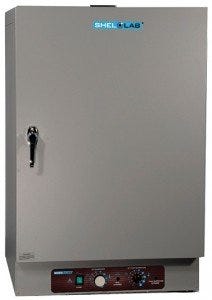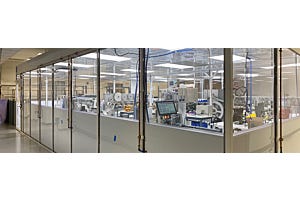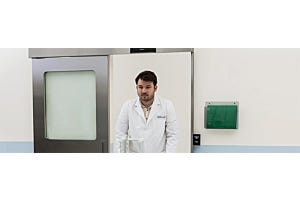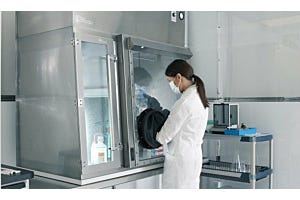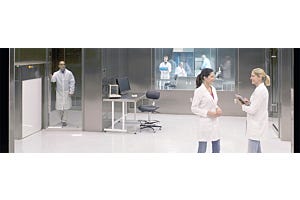Sound as Energy
Energy comes in many forms. One of those is sound energy, which manifests as vibration. For example, we can hear a loud noise because receptor cells in our ears translate vibrations from sound energy into brain-bound electrical signals. Most sound waves lie outside our range of “hearing,” but produce energy nonetheless. In labs, this ultrasonic energy is used to agitate particles for the purpose of cleaning, mixing solutions, increasing dissolution rate, or to evaporate dissolved gasses from liquids.
Sound travels through air, liquids and solids. The less dense the medium, and the closer the source, the easier the sound waves move. Sound “frequency” is a measure of particle vibration: higher frequencies cause more vibration, and as you can imagine, carry greater strength. Sonicators used in labs are high-frequency instruments that operate at levels above what humans can hear. These ultrasonic waves are above 20 kHz,



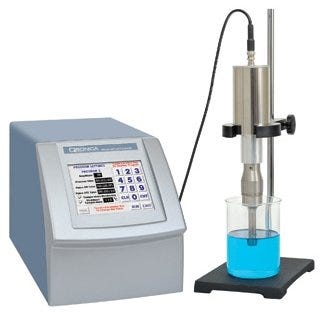

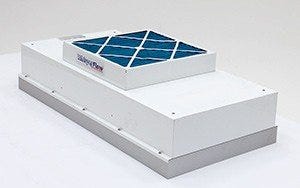 flow down and out of the laminar flow system. Second-pass
flow down and out of the laminar flow system. Second-pass
